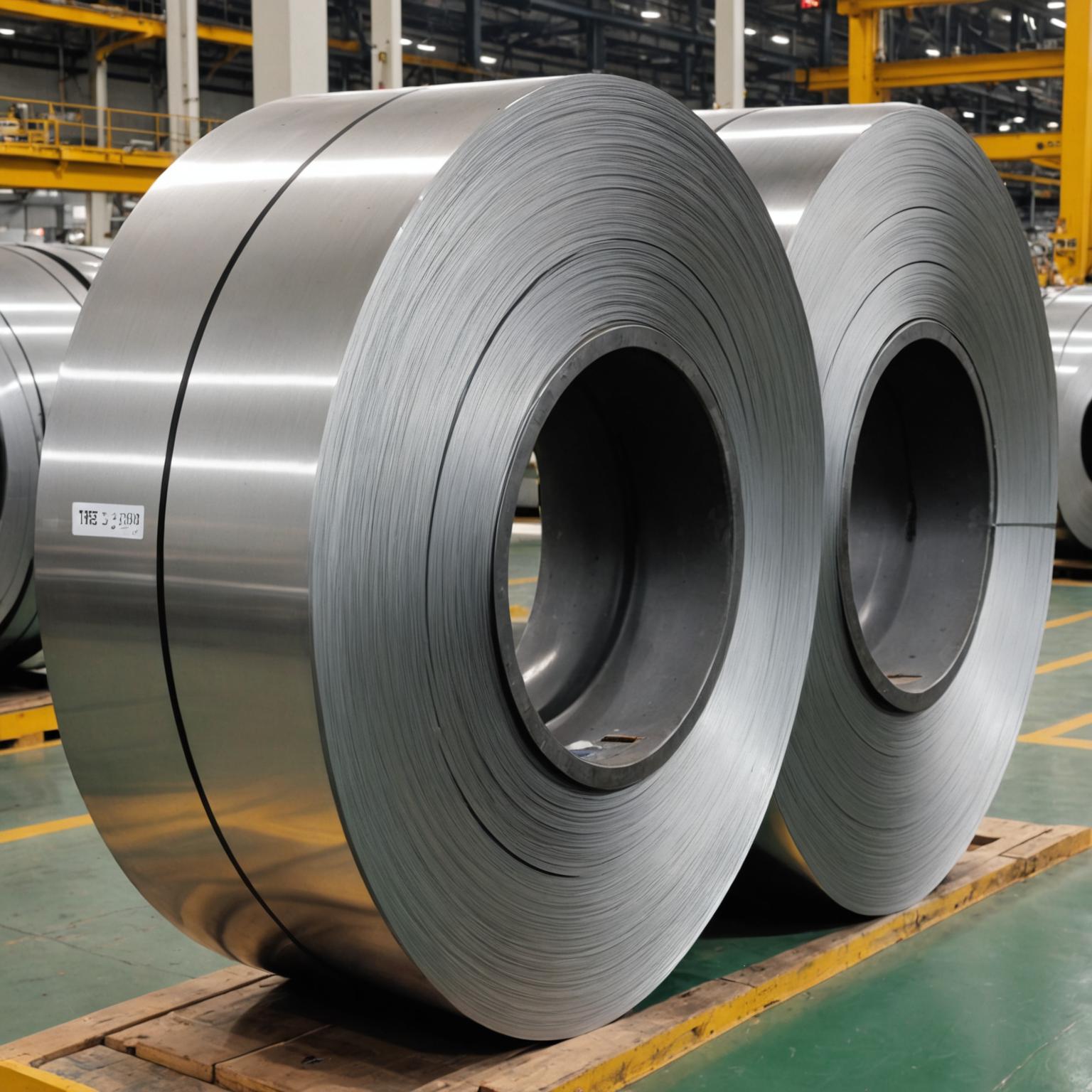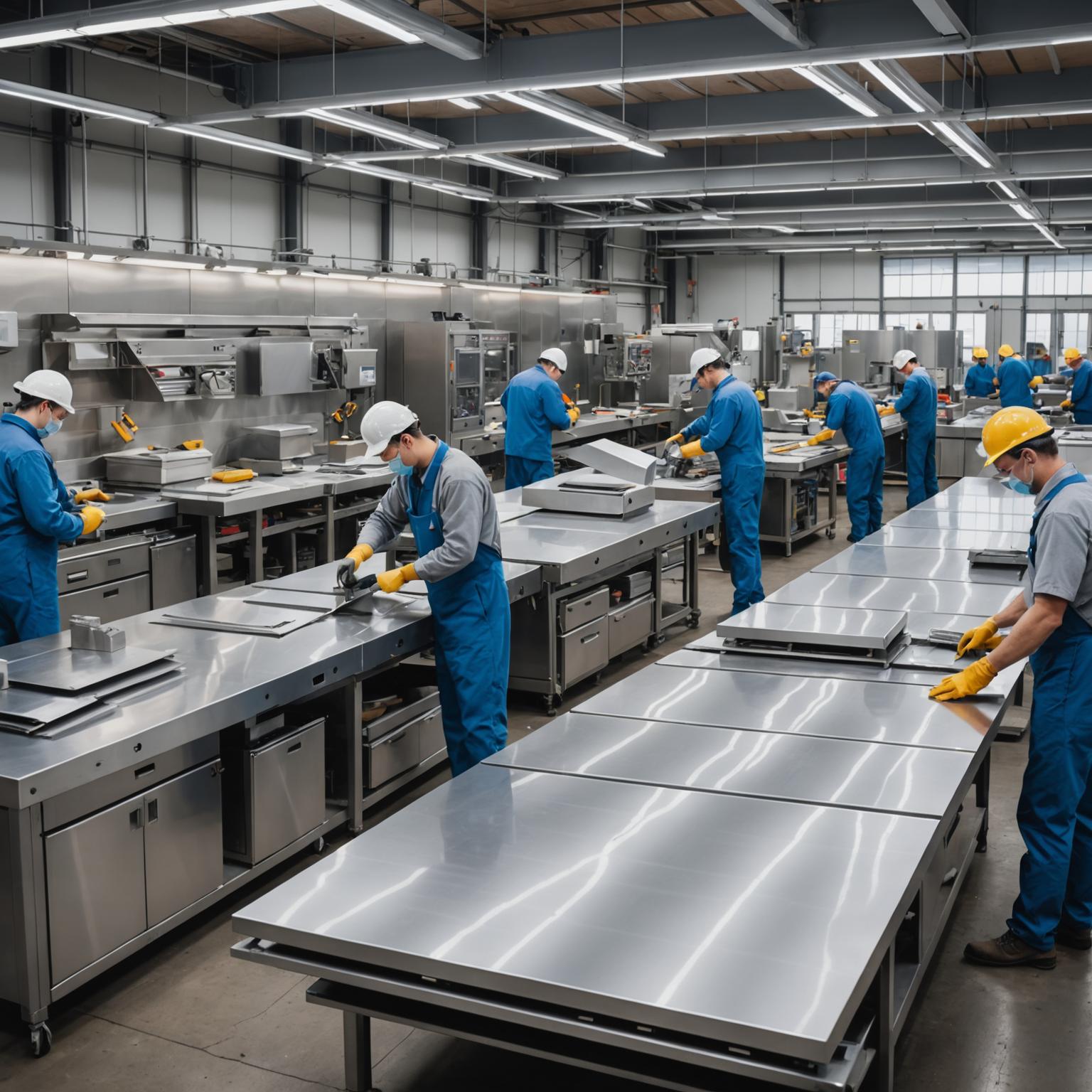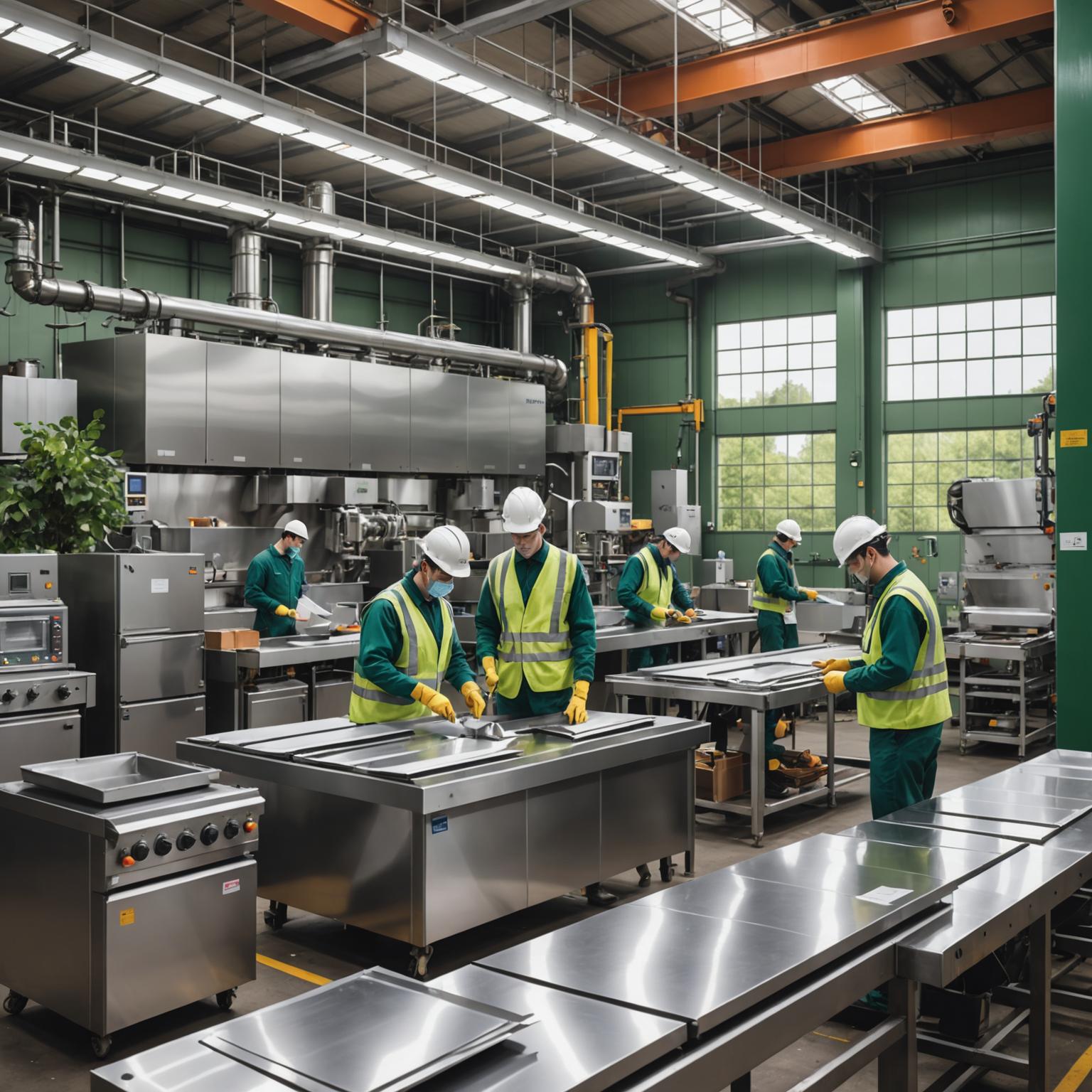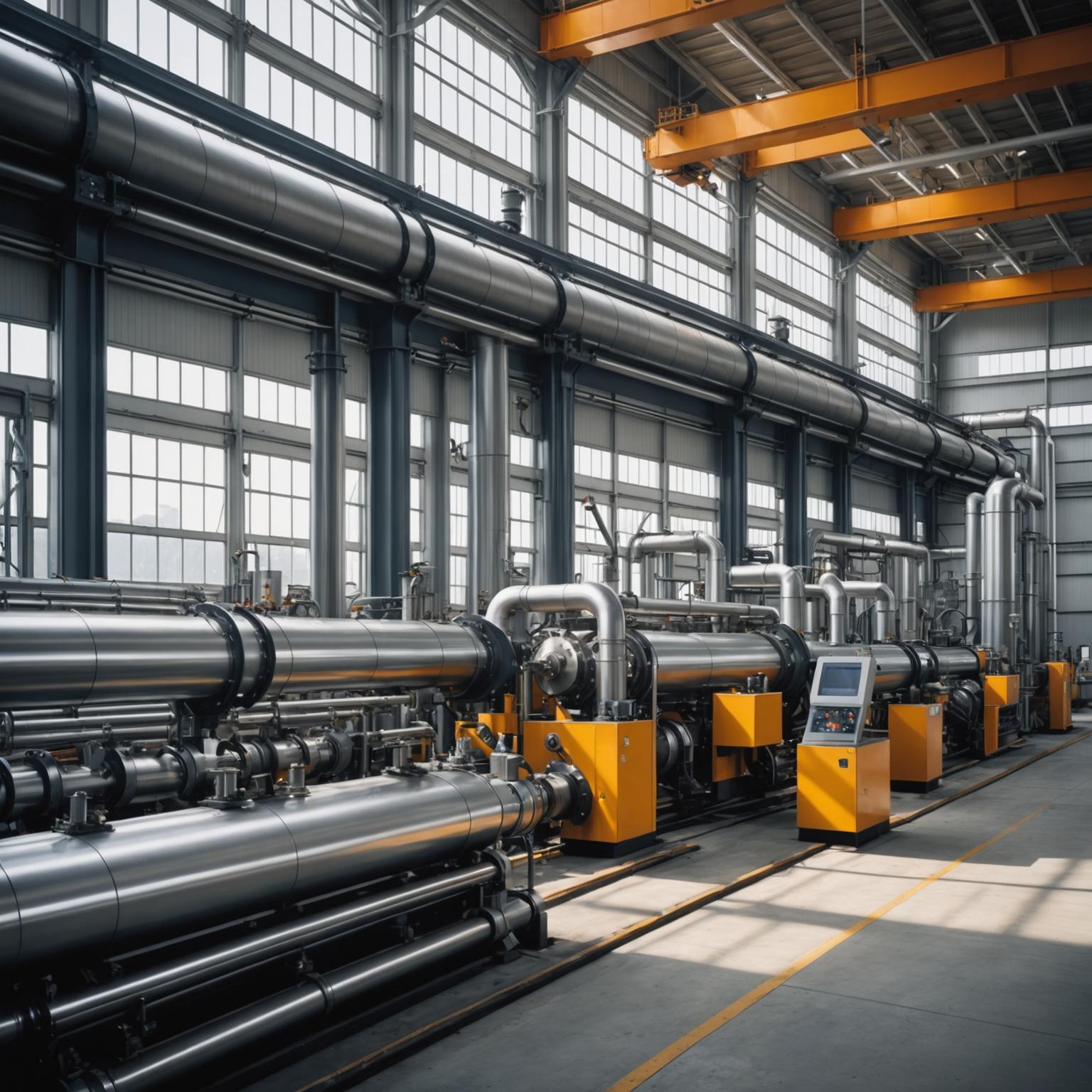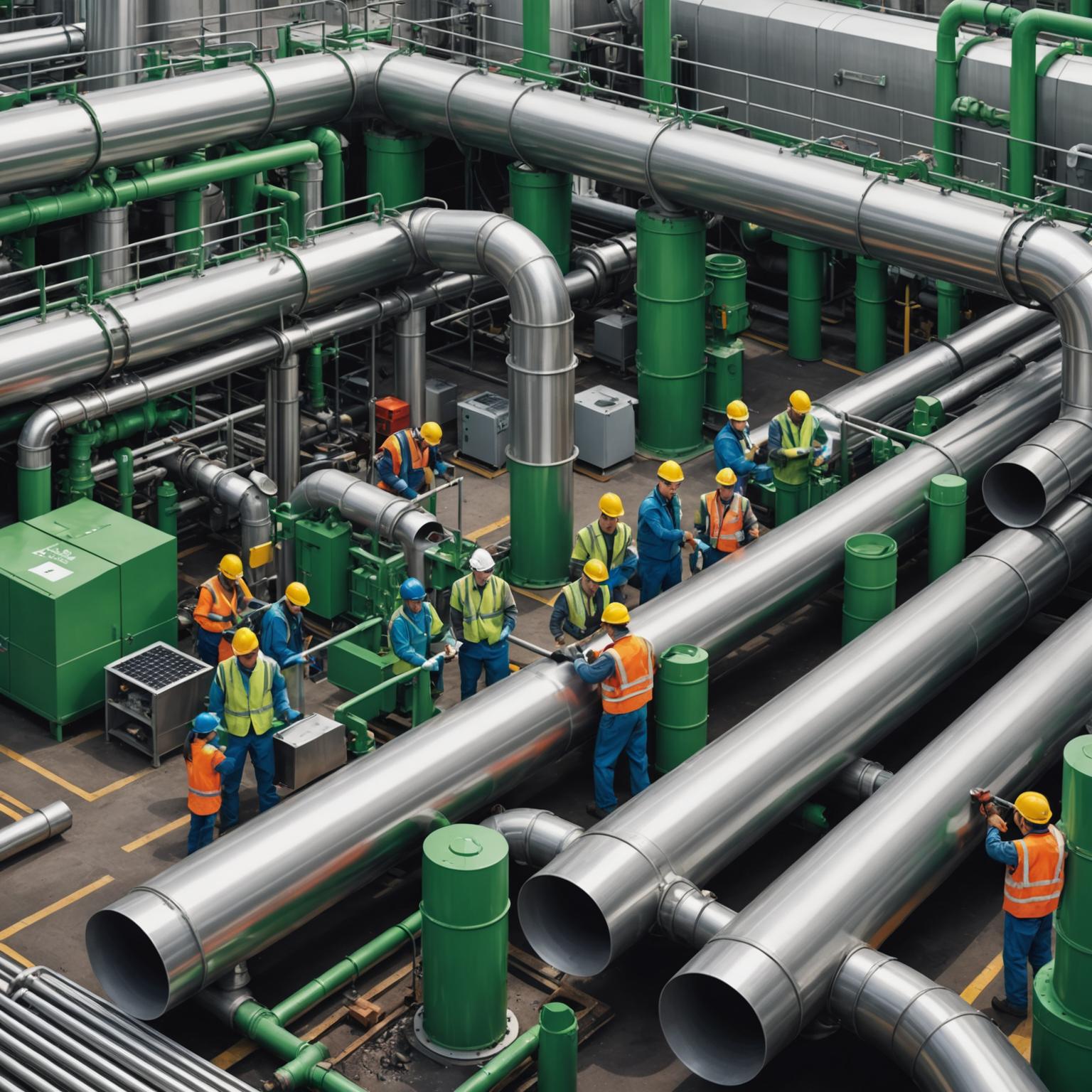Understanding the Challenge of Welding Deformation in Stainless Steel Sheets
The issue of welding deformation is a prevalent concern in the fabrication and manufacturing industries. It poses significant challenges, particularly when working with stainless steel sheets. The process of welding often involves intense heat, which can cause the metal to expand and contract unevenly, leading to distortions known as welding deformations. This can compromise the structural integrity and aesthetic appeal of the final product, impacting everything from precision engineering tasks to industrial applications.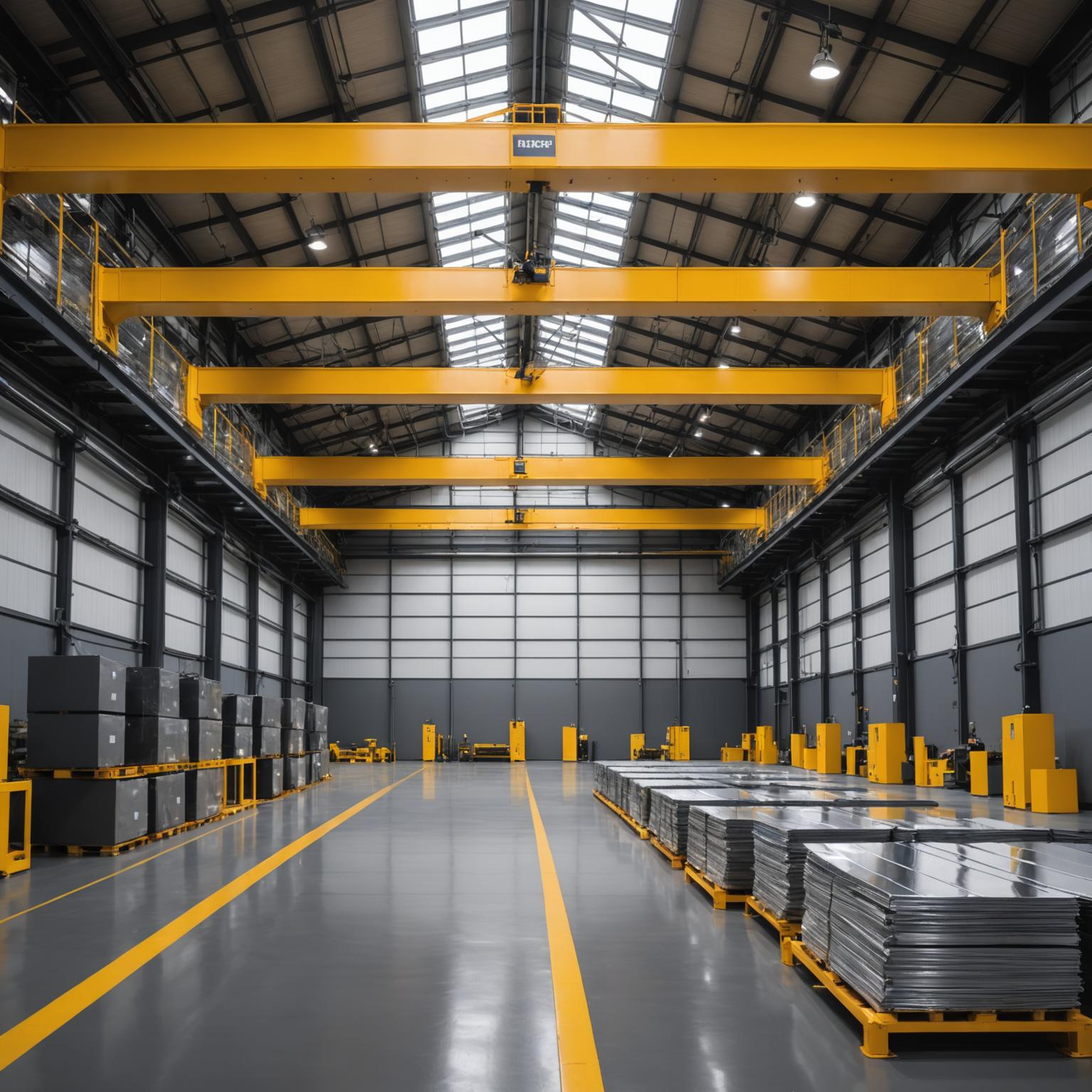
To tackle this problem effectively, it is crucial to understand the fundamentals of welding deformation. During the welding process, localized heating alters the crystal structure of metal; this is followed by rapid cooling, causing stress points that lead to warping, buckling, or other unwanted deformations. Since stainless steel sheets are commonly used due to their corrosion-resistant properties and aesthetic appeal, minimizing welding deformation is essential for maintaining their quality and performance.
One of the main causes of welding deformation is improper technique or equipment settings. Therefore, proper training and understanding of welding techniques are paramount. Furthermore, selecting the right materials and ensuring consistent preparation can significantly reduce the likelihood of deformations occurring during the welding process.
Innovative Solutions: High-Strength Stainless Steel Sheets
Introducing our advanced stainless steel sheet collection, designed to address these common problems. Crafted from high-grade stainless steel, these sheets boast a stunning finish that is not only aesthetically captivating but also durable and resistant to corrosion. With these sheets, the risk of welding deformation can be minimized thanks to their uniform thickness and reliable consistency.
The laser cutting technology we employ ensures precision, eliminating any irregularities that could contribute to deformation. These meticulous processes guarantee crisp, clean cuts, providing perfection in every detail with minimal waste. By implementing state-of-the-art processing techniques, we provide sheets that balance toughness and flexibility, essential for applications requiring both performance and style.
Moreover, our stainless steel sheets are adaptable, capable of being cut, bent, or welded with ease to fit bespoke projects. Available in a variety of sizes, they are perfect for projects ranging from minimalist kitchen countertops and designer furniture to large-scale industrial applications. By prioritizing quality and precision, we offer solutions that push the boundaries of what's possible in metal fabrication.
Practical Tips: How to Solve Welding Deformation
Solving welding deformation involves addressing its root causes and implementing effective techniques. Begin by selecting materials designed for minimal distortion, such as our high-strength stainless steel sheets. Proper planning and surface preparation are equally crucial before commencing any welding tasks.
Use appropriate welding techniques; techniques such as staggered welding and skip welding reduce heat concentration, thereby preventing deformations. Additionally, employ welding clamps and jigs to maintain stability and control throughout the process, ensuring that metal remains in place as it cools. The intense heat from welders can cause unexpected shifts, and maintaining control from the beginning can prevent these.
Another critical factor is post-weld treatment—a cooling process should be done systematically to allow stress points to dissipate evenly. Utilize techniques like peening or mechanical stress relieving to further stabilize the welded metal.
Our cutting-edge stainless steel sheets, designed for precision and craftsmanship, combined with these practical welding tips, equip industry professionals with the necessary tools to address welding deformation. By focusing on innovative materials and best practices, you can ensure that your projects achieve the desired aesthetic and structural excellence.



